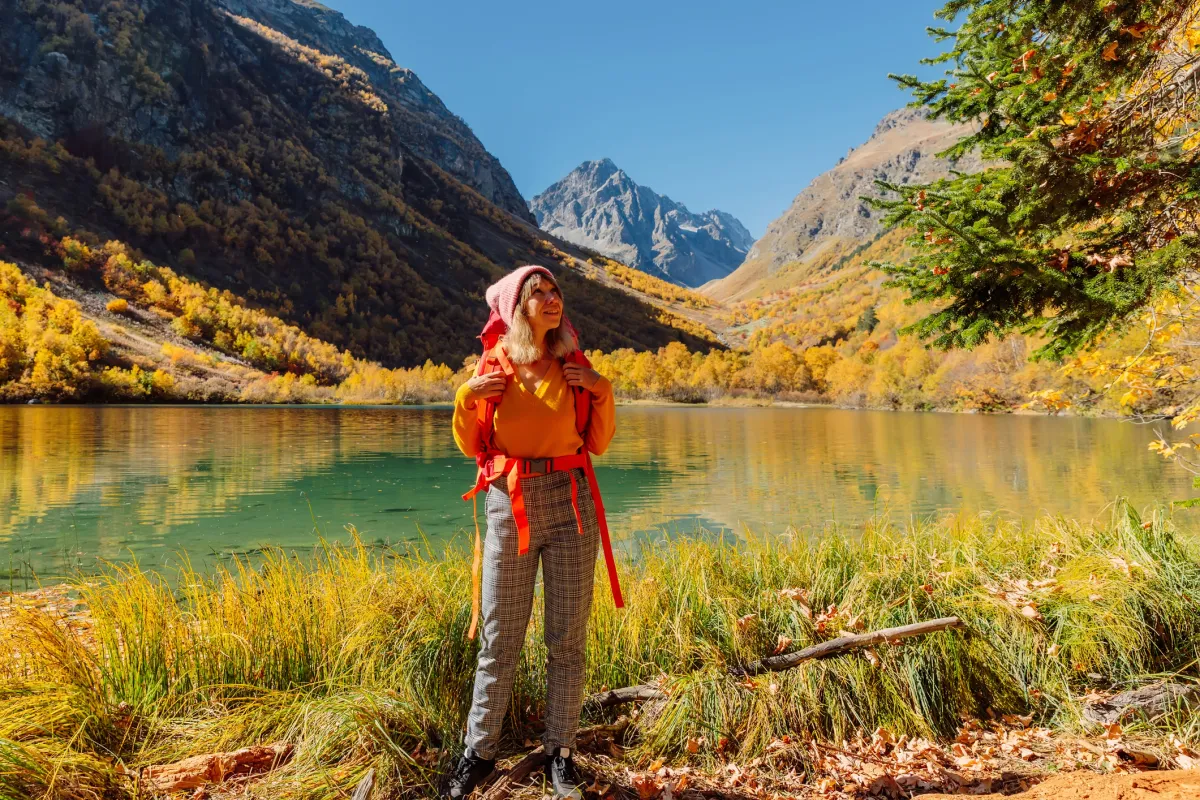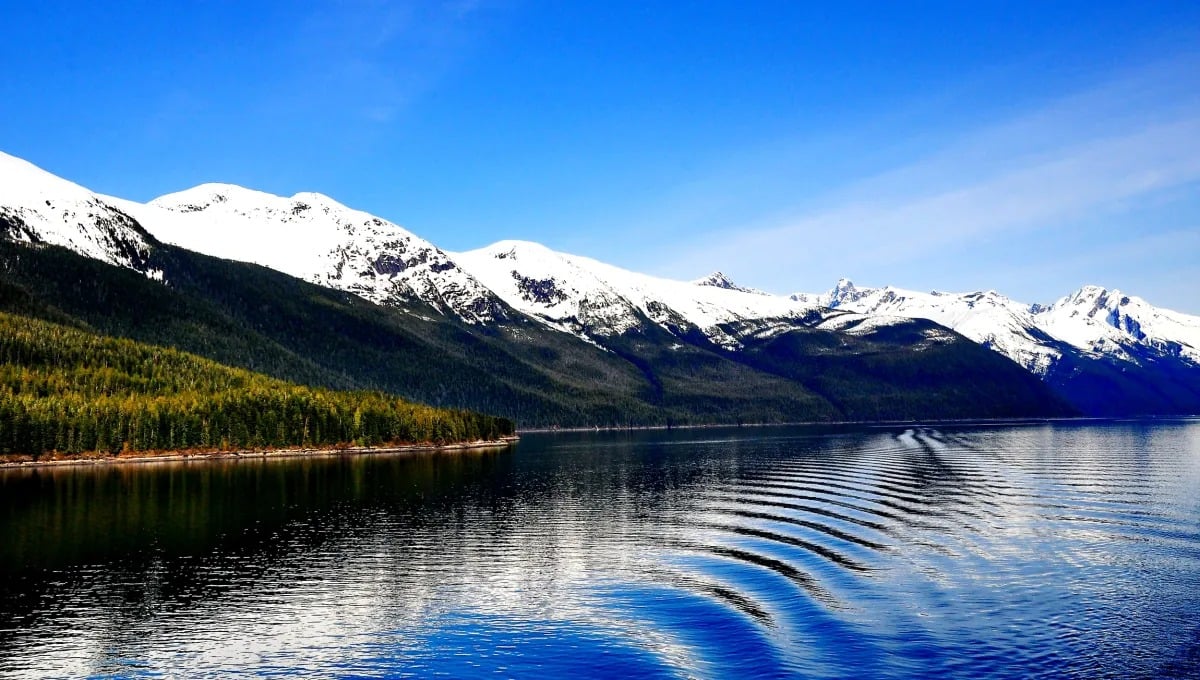
Alaska is a dream destination. But the sheer vastness of The Last Frontier often leaves travelers wondering: What's the best way to truly experience this wild paradise? While it’s tempting to follow the popular Instagram itinerary, there is so much more to Alaska than its tourist hubs.
How you plan your trip will greatly impact what you are able to see and do once you are here – but a lot of that planning will come down to your personal travel style and interests. In this guide. I’ll run through some of the best options for seeing Alaska, as well as top tips to ensure that you experience a true taste of the wild Last Frontier.
Tip 1: Add on Time to Your Cruising Adventure
A cruise is often the first introduction many travelers have to Alaska, and for a good reason. With so much to offer, this experience is as insightful as it is relaxing. Cruises allow visitors the opportunity to experience the Inside Passage, get up close to calving glaciers, and cover a handful of colorful ports – all with the ease of one booking.
However, cruising can restrict your schedule and only allow you to experience a more “touristy” version of Alaska. While this is a great way to get a taste of the Last Frontier, there is so much more to see and do beyond the cruise ports.
To elevate your experience, tack on an extra week or two at the beginning or end of your cruise to do some self-guided adventuring. Many cruises will depart from Whittier or Seward, so opt to rent a car out of Anchorage and explore the surrounding areas on your own. While you can make this a longer road trip (see the next tip), you can also opt for easy day trips out of Anchorage.
Some top day trips include:
- Drive Hatcher Pass (4x4 recommended and only possible in the summer)
- Spend an afternoon in Girdwood
- Drive to Portage Glacier and Whittier
- Drive to the Eagle River Visitor Center
Tip 2: Drive the Road System
Alaska is vast, but only a tiny portion of this state is connected by roads. The good news is that some of the most scenic spots of the state are accessible by highway out of Anchorage. Take advantage of Alaska’s road system by renting a car in Anchorage and heading out for a couple weeks of exploration.
Not only will this allow you the most flexibility for your trip, but this is also one of the most affordable ways to see Alaska – especially if you camp along the way!
Some favorite road trips include:
- Drive the Seward Highway to Seward and Homer
- Drive the Richardson Highway to Valdez and take the ferry to Whittier on your return
- Drive the Parks Highway to Denali National Park and up to Fairbanks (many car rentals offer a one-way drop option for a fee) so you don’t have to loop back
Read more: Scenic drives and road trips in Alaska
Tip 3: Splurge on Exceptional Experiences
While you can cut costs by camping and renting your own car, there are some experiences that you will definitely want to splurge on while you are here. Certain Alaskan excursions are genuinely unparalleled and worth every penny – being true “once in a lifetime” opportunities. If you have a larger budget, definitely plan to add a few excursions and tours to your itinerary to maximize your time in Alaska.
Some amazing tours include:
- Helicopter Glacier Tours: Hover over vast ice fields, then land on a remote glacier. Some tours even offer dog sledding on the glacier itself.
- Bear Watching in Katmai: There's something magical about watching brown bears in their natural habitat. Here you can get closer to grizzly bears than anywhere else in the world, and you will have thousands of amazing pictures to share with loved ones back home.
- Northern Lights Excursion: Fairbanks offers some of the best chances to see the aurora borealis in the world. Specialized tours optimize this experience, taking you to remote locations for the best views. Spend the money to go with an experienced operator to maximize your chance of seeing the lights and getting professional photos to go with it.
Tip 4: Timing is Everything
Alaska has some of the most drastic seasons and daylight hours in the world. This means that the right time can make all the difference in your Alaskan experience. Here’s a quick overview of when you should plan your trip:
- Wildlife Enthusiasts (June to September): This period ensures optimum wildlife encounters, with animals active and accessible.
- Aurora Chasers (September to March): The dark, clear skies of winter provide prime Northern Lights viewing conditions. Plus, the winter landscape adds to the ethereal beauty.
- Cultural Events: If you’re interested in a particular event, such as the historic Iditarod sled dog race, plan your trip around that festival or cultural event.
- Fishing: Salmon fishing peaks in June-September, and halibut fishing is typically open most of the year. If you plan on taking a charter boat fishing, check with your captain to see if they have any seasonal closures.
Tip 5: Travel Off the Beaten Path
While popular sites have their charm, venturing into lesser-known areas offers a deeper connection to the communities and also helps you avoid the crowds. If you don’t need to plan around a particular event, consider visiting during the shoulder season (May and September), before tourism ramps up for the summer.
If you want to visit in the summer, consider visiting less visited areas, such as McCarthy, Kodiak, or Talkeetna. Not only does this save you from paying top dollar, but you will also get to interact with more locals and less tourists during your stay.
Some great alternatives to popular destinations include:
- Denali State Park (instead of the national park)
- Valdez (instead of Seward or Homer)
- Kodiak (instead of the Kenai Peninsula)
- Lake Clark National Park (as an alternative to Katmai)
- Kachemak Bay State Park (instead of Kenai Fjords National Park)

